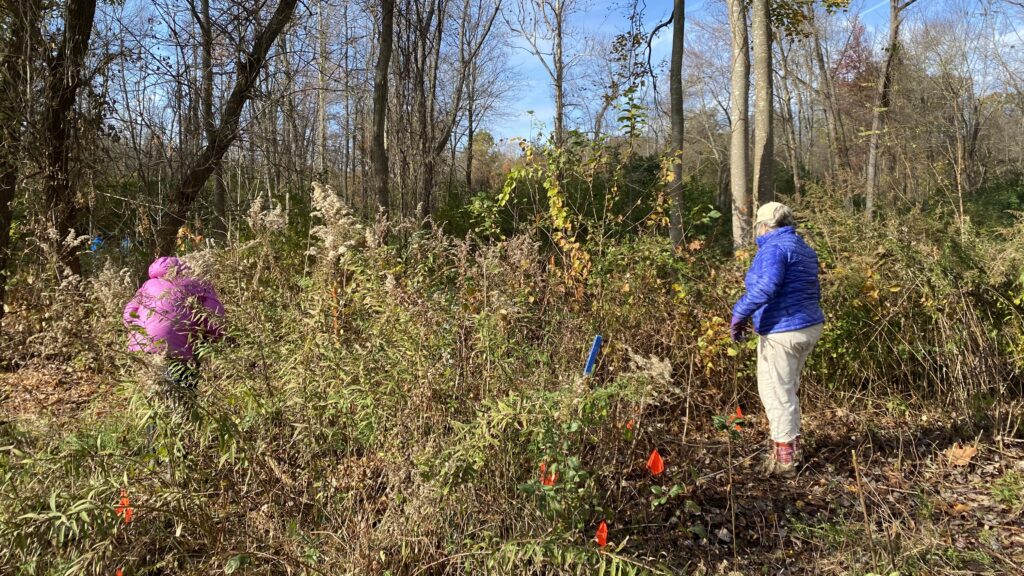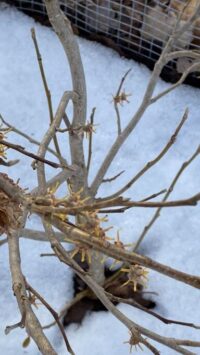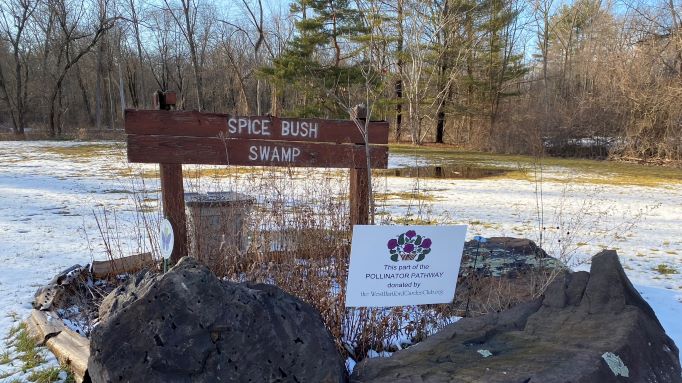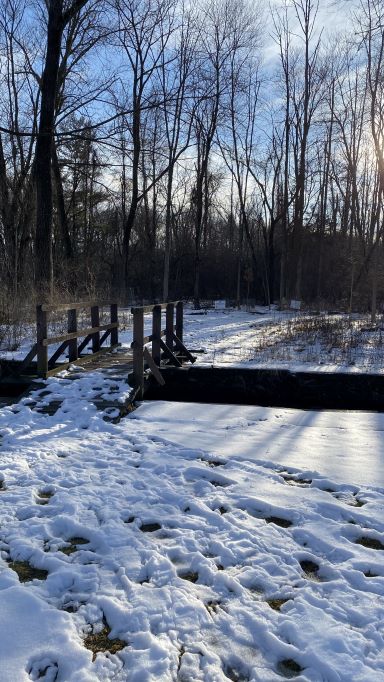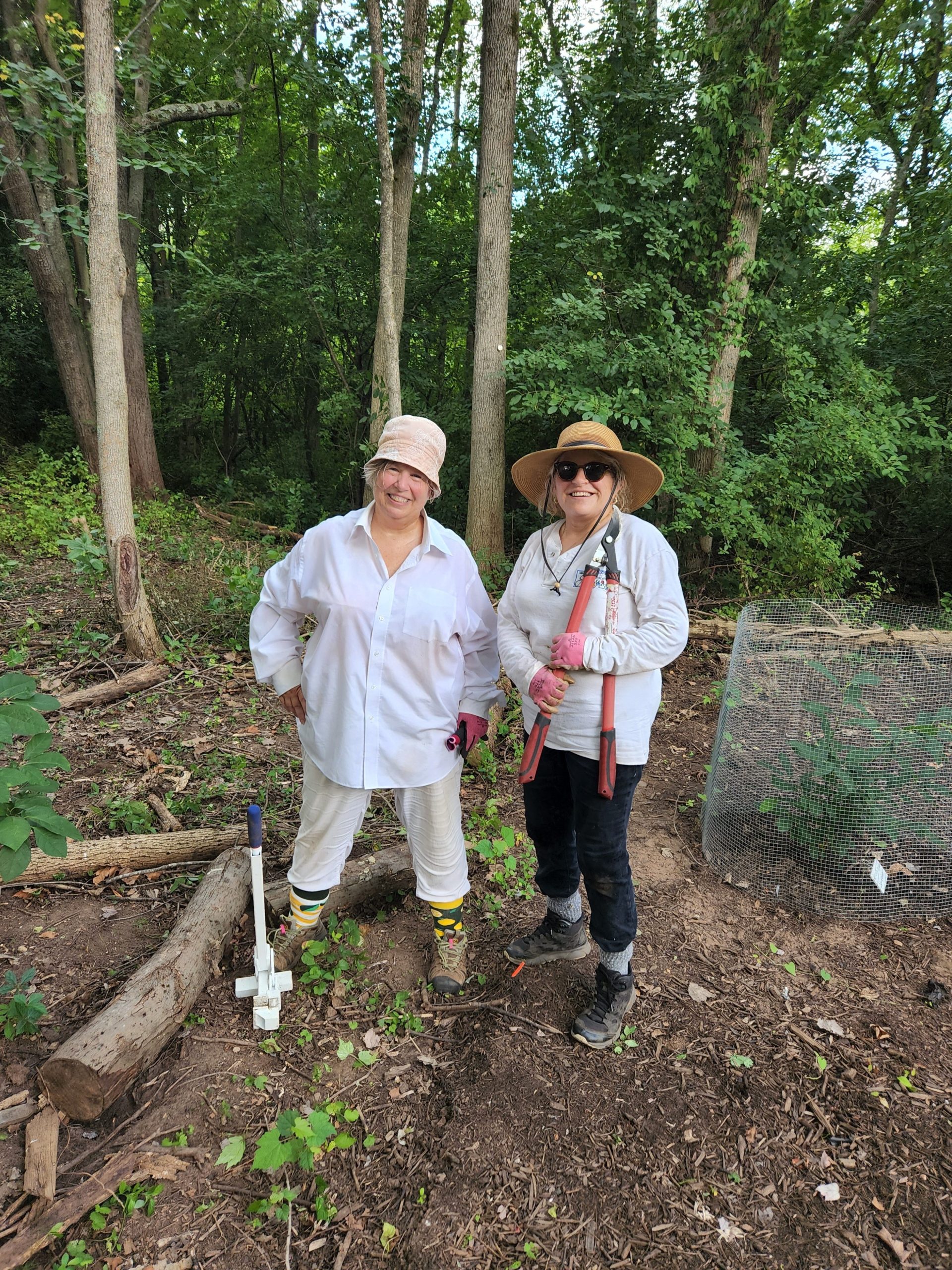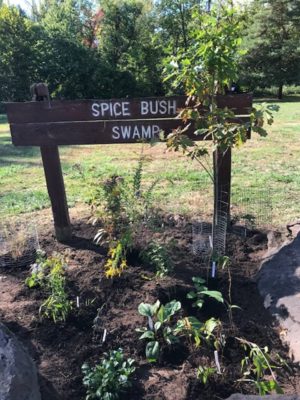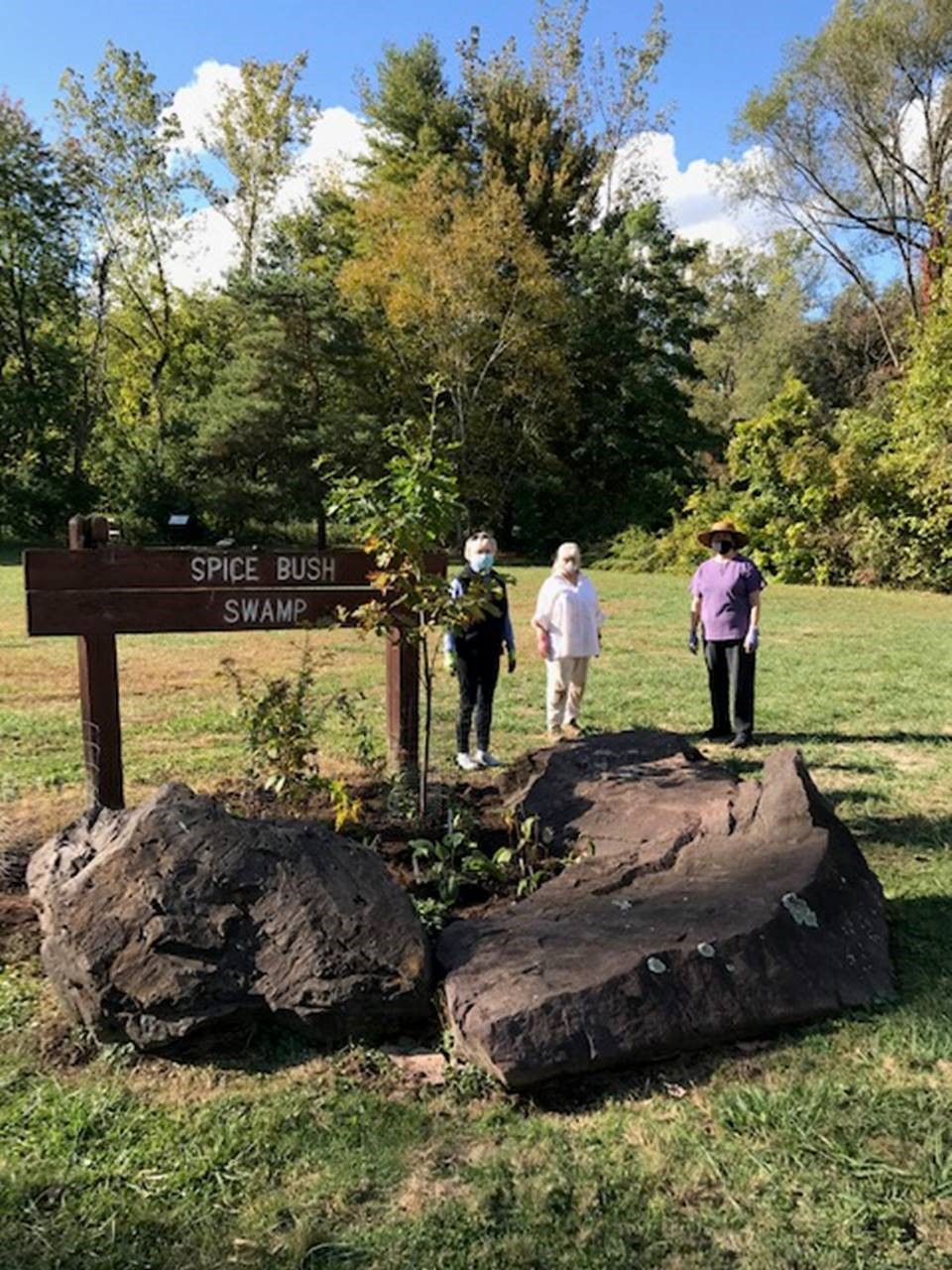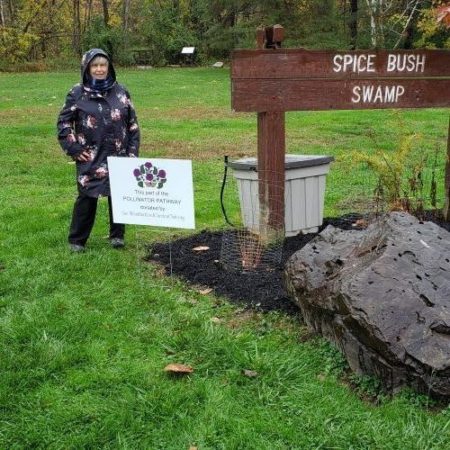March 27, 2024 Update:
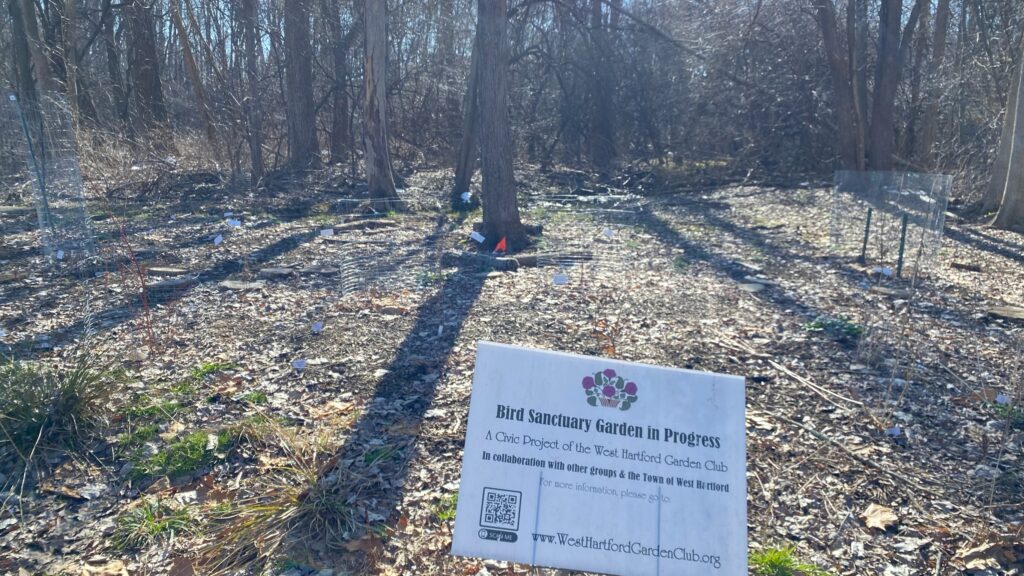
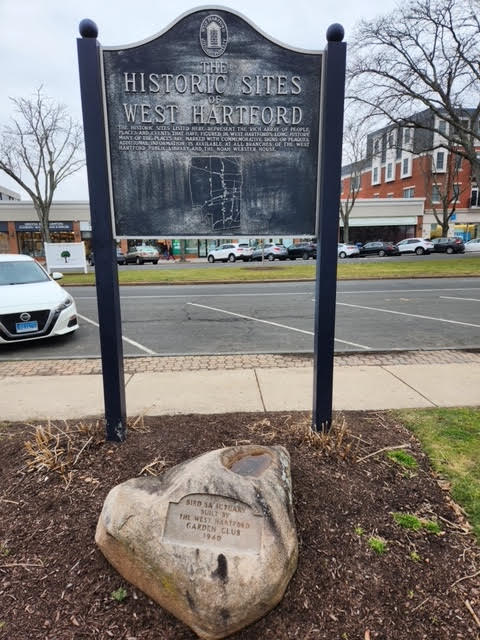
November 6, 2023 Update:
July 2023 Update:
The Civic Project Team’s signature restoration project at Spice Bush Swamp Park is proceeding well. Although recent flooding affected the Bird Sanctuary Garden, we have our plantings and pathways back on track, and the garden is filling in. The Rudbeckia and Joe Pye Weed in the Pollinator Pathway Garden bed are blooming and looking beautiful. All of the trees we have planted are thriving. A Spice Bush shrub in the Pollinator Pathway Garden is being replaced.
On Saturday, July 15, 2023, a group of six individuals representing the garden club, CT Master Gardeners, and the community at large met from 9-noon to remove invasive plants at Spice Bush. The group did a fantastic job on a hot and muggy day (the debris piles were huge!). Our next large group session has been scheduled for November 4, 2023. Meanwhile, a small group meets at Spice Bush Swamp Park every Monday afternoon to maintain our gardens and chip away at the surrounding invasives. We have made enormous progress this year.
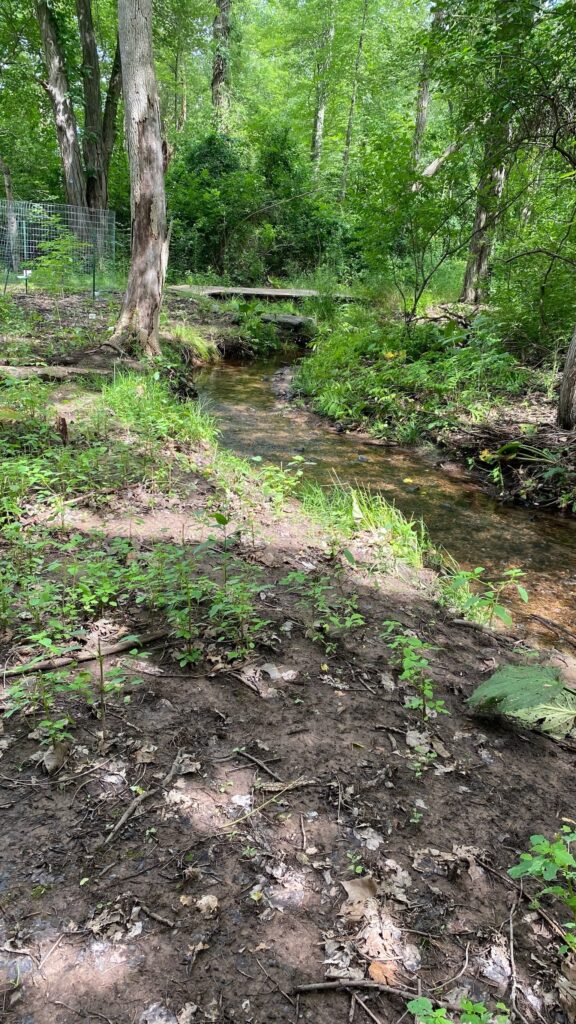
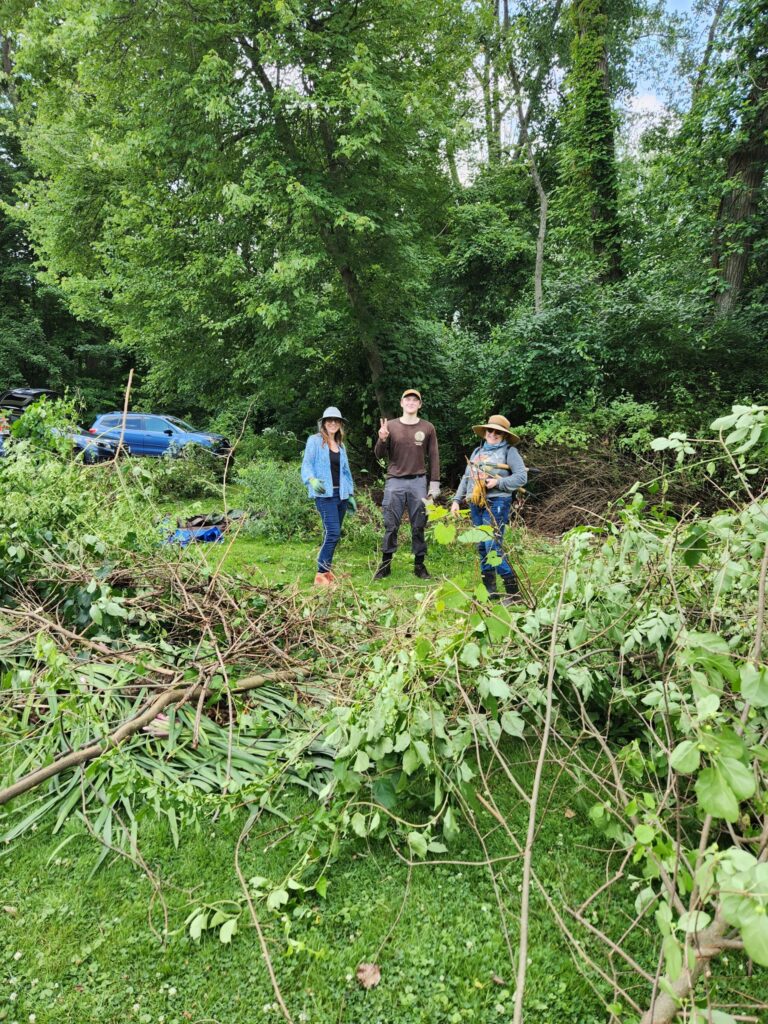
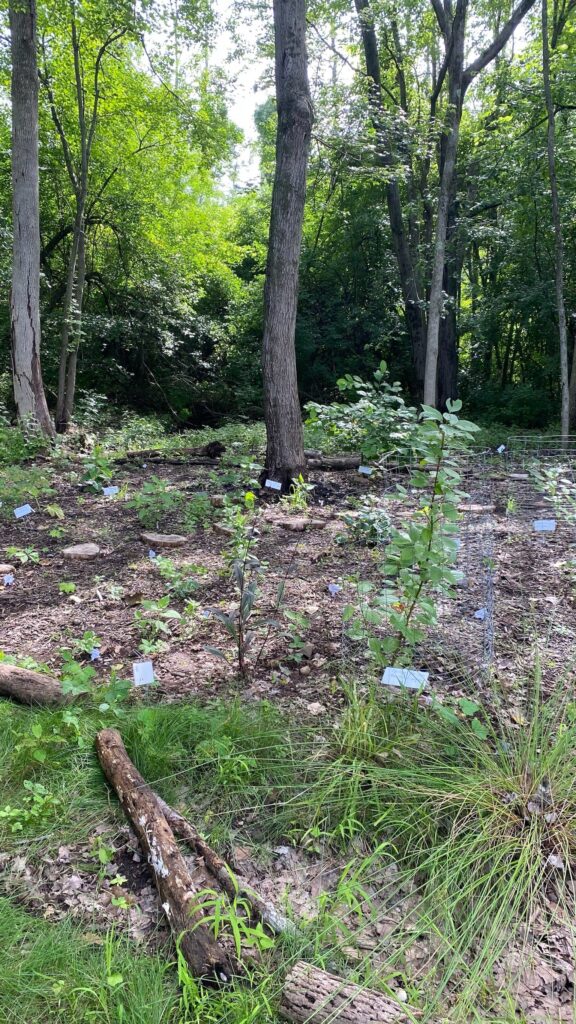
June 2023 Update:
Spice Bush Swamp Park Pollinator Pathway Garden: Members of the Civic Projects Committee continue to monitor and maintain plantings. The Carex Pensylvanica sedges added last fall are thriving.
Spice Bush Swamp Park Bird Sanctuary Garden Update: Our Civic Projects Committee has continued with adding additional plantings in the Bird Sanctuary Garden, hoping for the return of last year’s perennials, filling blank spaces with annual and perennial seeding, and removal of invasive plant species that suffocate our native plants. Shrubs and perennials planted this spring include native plants loved by birds for their fruits and for the shelter they will provide as they grow. Most perennials were planted in groups in hopes of creating plant colonies. Included among the plantings were: one Morella Caroliniensis (Northern Bayberry shrub), one Aronia Melanocarpa (Black Chokeberry shrub), two Xanthorhiza Simplicissima (Yellowroot perennial), one Corylus Americana (American Hazelnut shrub), three Lobelia Cardinalis (Cardinal Flower), Solidago Juncea (Early Goldenrod), three Cornus Sericea (Red Twig Dogwood), three Amorpha Fruticosa (False Indigo), four Carex Sprengelii (Long-beaked Sedge), three Chamaenerion Angustifolium (Fireweed), three Penstemon Digitalis (Foxglove Beardtongue), and five Physostegia Virginiana (Obedient Plant).
Many invasives have been removed, including some of each of the following: Rhamus Cathartica L. (Common Buckthorn), Rosa Multiflora, Alliaria Petiolata (Garlic Mustard), Artemisia Vulgaris (Mugwort), Celatrus Orbiculatus (Oriental Bittersweet), Euonymous Elatus (Winged Euonymous), Lonicera Japonica (Japanese Honeysuckle), and Ligustrum Vulgare (European Privet), and Microstegium Vimineum (Japanese Stiltgrass). This is a big job, and the Civic Projects Committee has scheduled work hours on Monday afternoons (except on holidays) throughout the season when we both maintain native plantings and whittle away at the invasives.
The UCONN Master Gardener approved our Spice Bush Swamp Park renovation project for community service hours required of certified and interning CT Master Gardeners. This should bolster our numbers as we address issues at this site on an ongoing basis.
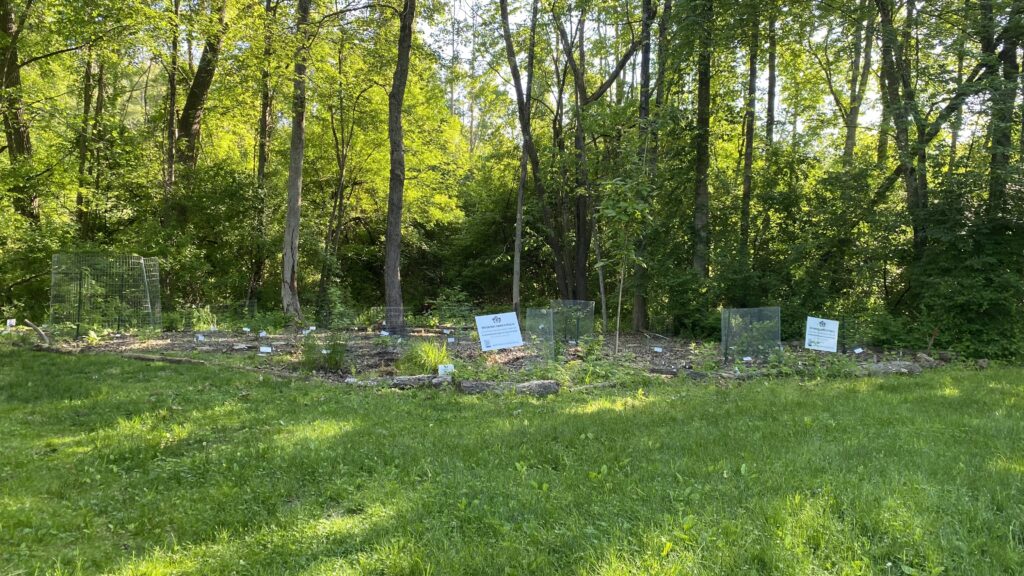
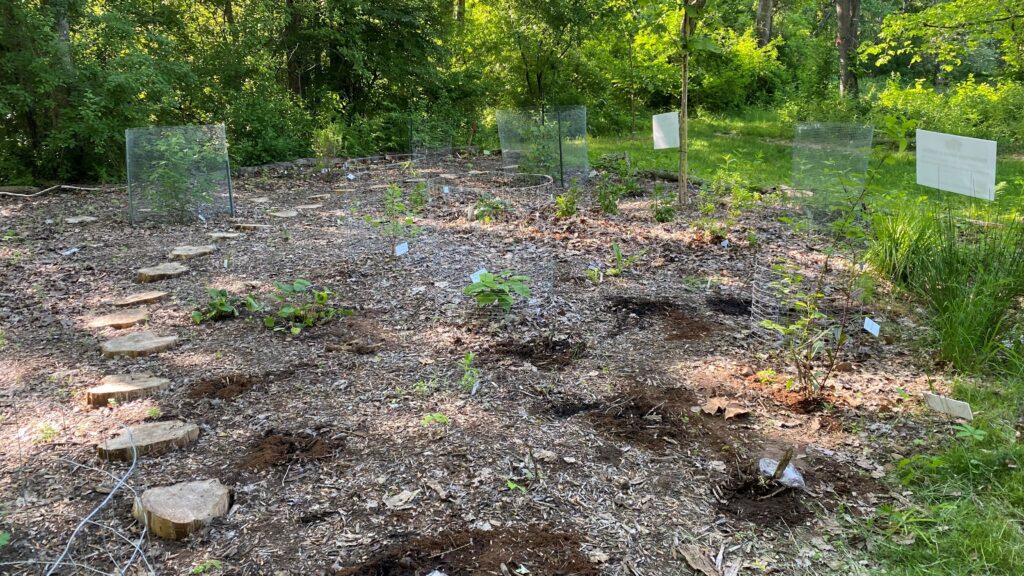
May 2023 Update:
A couple of Civic Project members spent a few peaceful hours this morning in the Bird Sanctuary Garden at Spice Bush Swamp Park. We pulled out a lot of young garlic mustard plants, which are invasive but largely considered a nuisance. In our case, there were so many of them that it was hard to find our native bare root plantings coming up from last fall. We also cleared out some multiflora roses and some bittersweet that were just getting started. Best of all, we planted the new bird-loving plants purchased at CT Conservation District Earth Day plant sales!
Next Monday morning, we will try to define the garden edge a bit better, without disturbing the native sedge plants mixed in with lawn grass. We’ll also tackle a section along one of the streams where earlier native plantings are currently being strangled by invasives. If we persist every Monday morning until winter returns, it will make a difference!
Last, Master Gardeners are welcome to join us for fun, AND to earn community service hours for the year (approved by Sarah Bailey, Hartford Office).
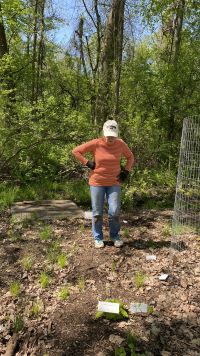
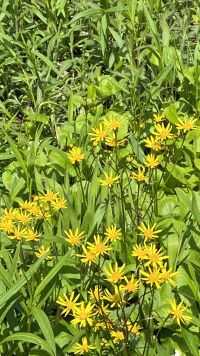
April 2023 Update:
Spice Bush Swamp Park spring cleanup has begun. Anne Massucco prepared the Pollinator Pathway Garden for spring plants! Thanks so much!
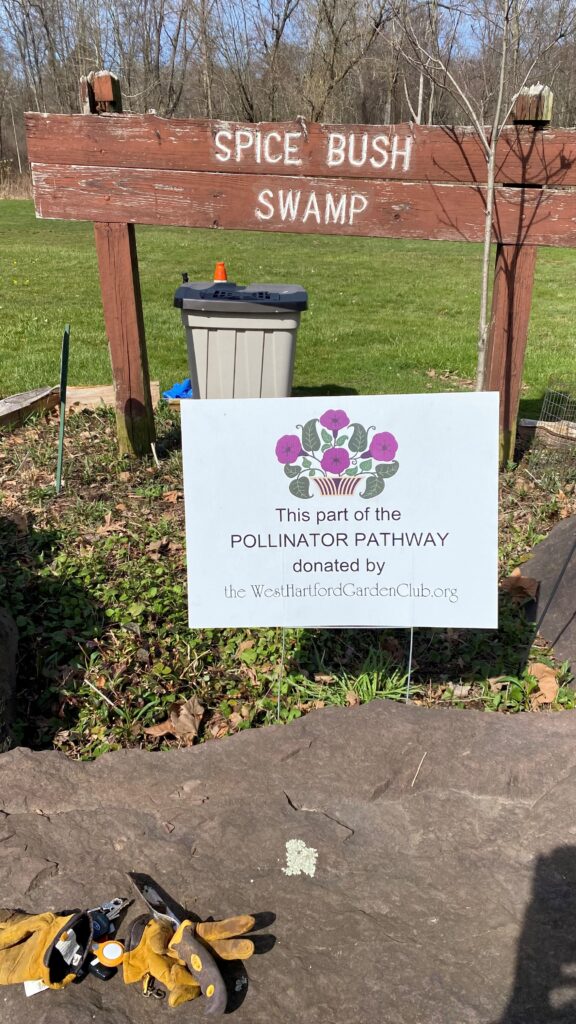
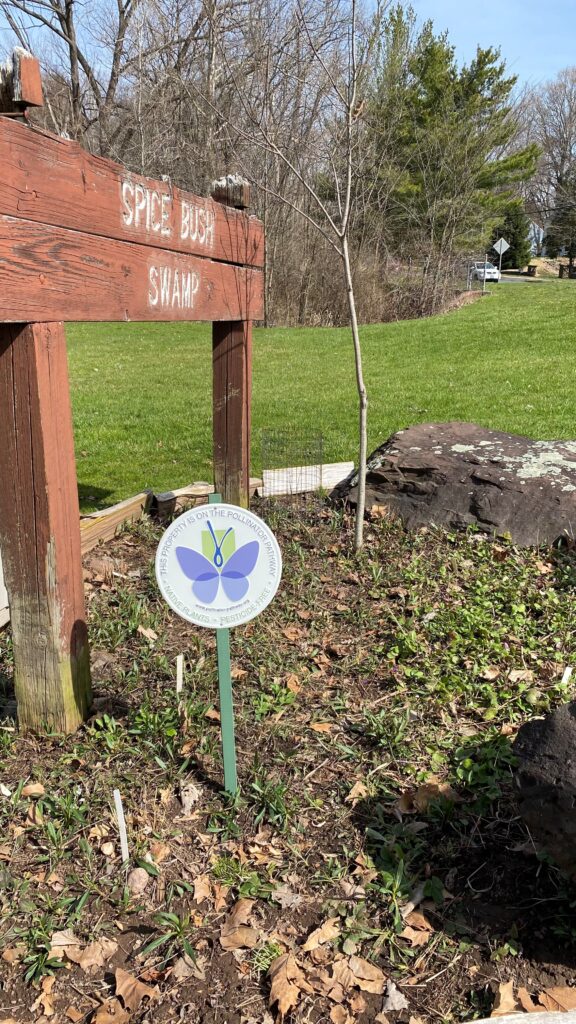
March 2023 Update:
We are looking for signs of spring at Spice Bush Swamp Park, and have three invasive plant removal dates planned, as we continue with our signature restoration project at the park. We are working now to develop a plan for a rain garden on the site. The Pollinator Pathway Garden and Bird Sanctuary Garden plantings will soon begin sprouting.
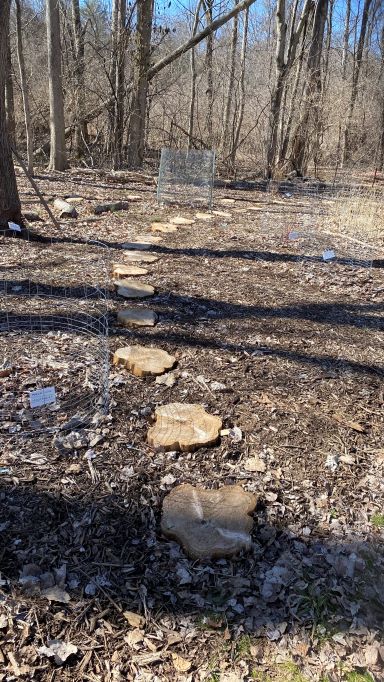
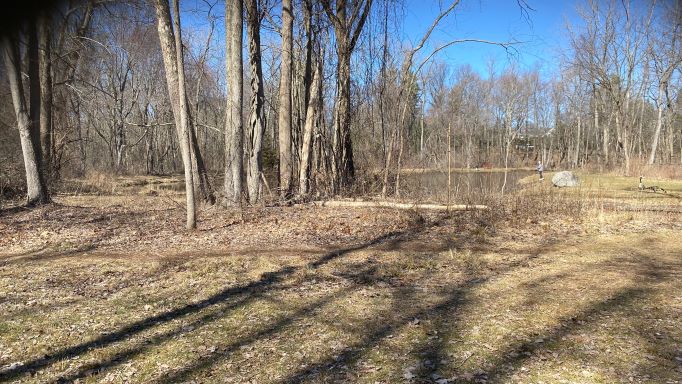
February 2023 Update:
The West Hartford Garden Club has a long history of involvement in planting trees in town. The town helped us realize our plan for tree planting in the area of our bird sanctuary garden at Spice Bush Swamp Park last spring when they purchased and planted three Quercus bicolor (White Swamp Oaks trees) at Spice Bush Swamp Park in the vicinity of our Bird Sanctuary Garden. At the suggestion of Bill Gleason, a representative of West Hartford’s Tree Action Group (TAG), we were delighted to add a Nyssa sylvatica (Black tupelo tree) to keep the oaks company. We planted many other native herbaceous plants and shrubs. Madeleine Hexter purchased two Lindera benzoin (Common Spicebush), Kalmia augustifolia (Sheep Mountain Laurel) at Broken Arrow Nursery in Hamden, Beth Ann Loveland Sennett added Hydrangea quercifolia (Oak Leaf Hydrangea) and Magnolia virginiana (Sweet Bay Magnolia), Nancy Lemega-Watt donated a Hamamelis virginiana (Witch Hazel), and Julie Przybycien and Madeleine added Iris versicolor (native Blue Flag Iris), various local mints, and some milkweed from their home gardens.
Thanks to a plant sale at the CT College Arboretum in New London sponsored by the Mountain Laurel Society (CT’s chapter of the Wild Ones garden group), Beth Ann Loveland Sennett was able to donate 12 native plant plugs each of Asclepius incarnata (Swamp Milkweed), Eupatorium perfoliatum (Boneset), Eupatorium (Eutrochium) dubium (Little Joe Pye Weed/Coastal Joe Pye Weed), Symphyotrichum novae-angliae (New England Aster), Vernonia noveboracensis (New York Ironweed), and Andropogon gerardii (Big Bluestem Grass). All specimens were planted in the Bird Sanctuary with the exception of the Andropogon gerardii (Big Bluestem Grass), which was reserved for a space behind the park sign in the Pollinator Pathway Garden bed. Importantly, Suzanne Sayers provided essential advice as to where plants should be situated within the garden space, and Madeleine provided freshly cut tree round discs from a tree trunk, which now provide a winding path through the garden. Logs from fallen trees mark the garden boundary. Many members participated in various stages of planting, including Madeleine Hexter, Anne Massucco, Gina Trusiewicz, Karen Hartford, Steve Kovack, and others. Check out these plants and shrubs at Extension Gardener Plant Toolbox.
We are excited that spring is coming. We will soon know how our plantings fared through the winter and can make new plans for our next steps in the Bird Sanctuary and Pollinator Pathway beds. Stay tuned for news about an Invasive Plant Removal Party!
At the November meeting of the Town’s Park and Recreation Committee, Helen Rubino-Turco noted that “Community-driven pollinator gardens, rain gardens, and tree canopy study are ARPA-funded from a grant of $140k. Implementation has already begun at sites such as Spice Bush Swamp with the Garden Club and other organizations. The interaction among the various groups is amazing! A Tree canopy study will include a specimen tree assessment.”
We continue to look for an update on this as the Commission plans with Helen Rubino-Turco about how we can move forward with some of our pollinator plans for Spice Bush and the entire town.
Winter at Spice Bush Swamp Park 2023
September 2022 Update:
The Civic Projects at Spice Bush Swamp Park spearheaded by Madeleine Hexter over the last few years received ongoing maintenance over the summer. Both the Pollinator Pathway bed at the park sign near the Mountain Road entrance and the new Bird Sanctuary Garden deeper into the park look very good despite the heat. These native plants, once established, are easier to maintain because they are adapted to our climate (e.g., drought resistant).
- Madeleine Hexter has continued to take the lead in weekly invasive plant removal, assisted by other Civic Projects members. It has been gratifying to discover native plants such as ferns, jewel weed, and meadow rue emerging following removal of aggressive invasives.
- Madeleine Hexter brought numerous plants, trees, and shrubs into the garden beginning last spring, and she and Julie Przybycien have also contributed plants from their home gardens.
- More native plants have been ordered by Beth Ann Loveland Sennett through the “Mountain Laurel” garden group, which is the Connecticut Chapter of Wild Ones. This order will be picked up on September 16, 2022.
- We are working to schedule a date for fall planting. Suzanne Sayers has graciously volunteered to help with the placement of new plants and other member donations (Nancy Lemega-Watt has promised us a Witch Hazel, and Beth Ann has an oak leaf hydrangea to donate).
- We are seeking other member donations of native plants to plug in where invasives have been removed in areas adjacent to the new bird sanctuary garden (Mother Nature does not like a blank canvas).
- Bird & Pollinator Friendly Plant Wish List
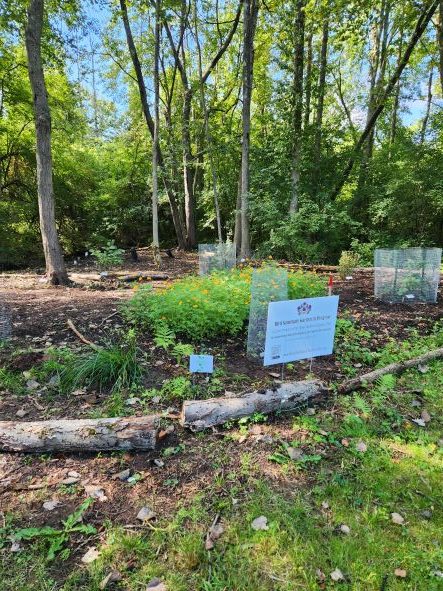
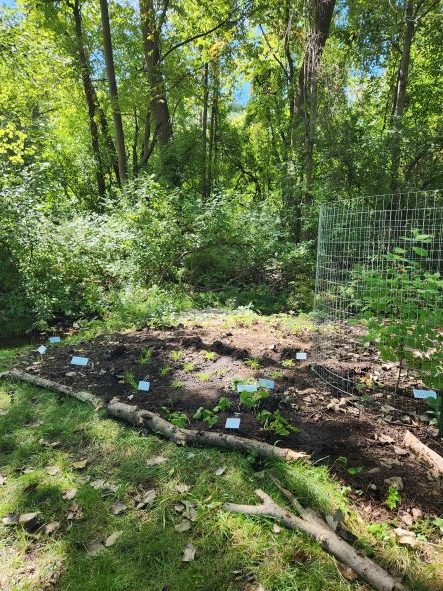
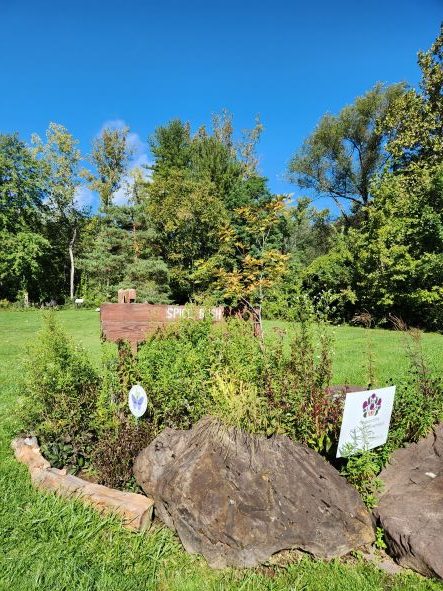
Keep posted for fun workdays coming up at Spice Bush Swamp Park. It’s so much more than a swamp!
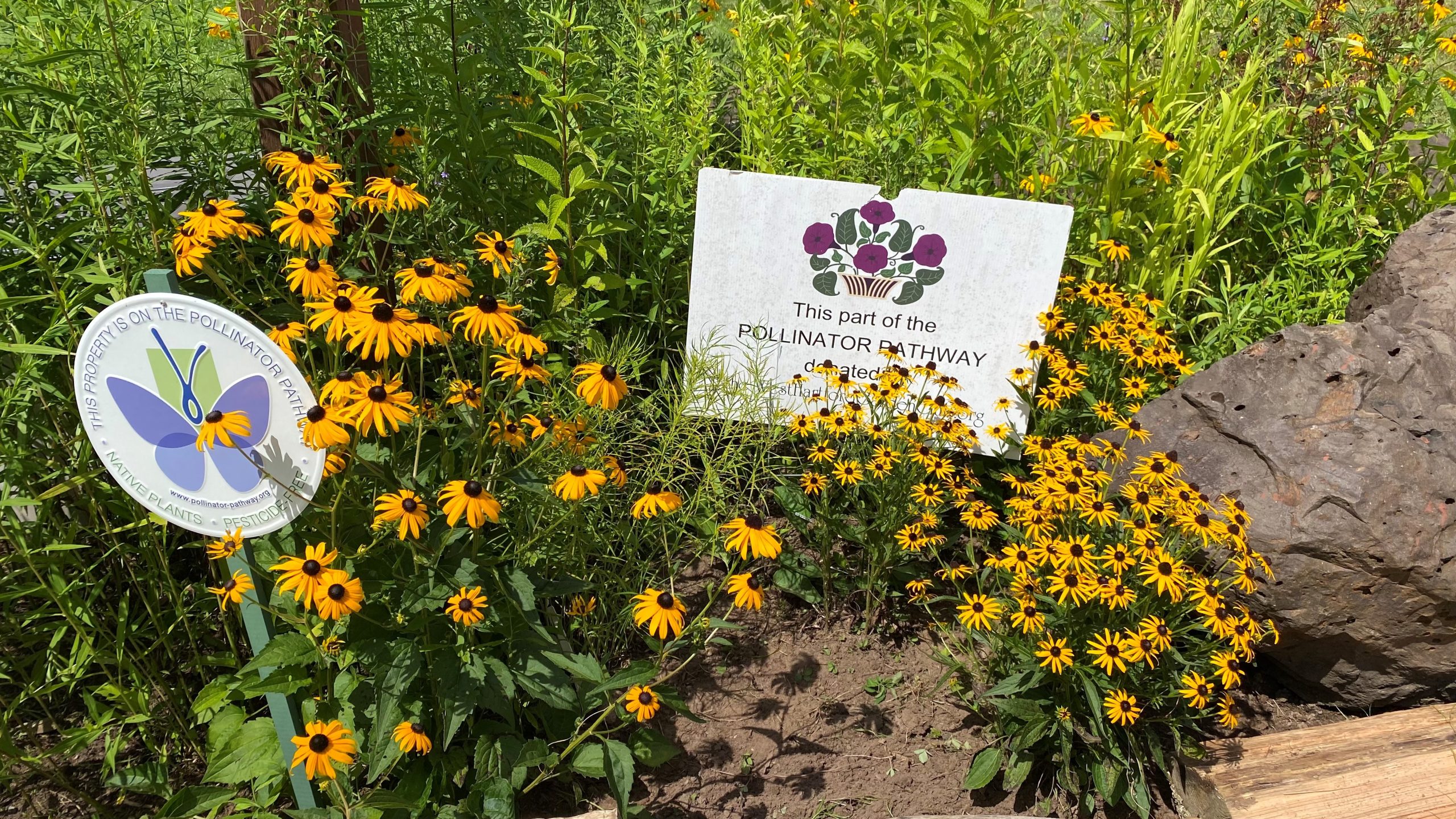
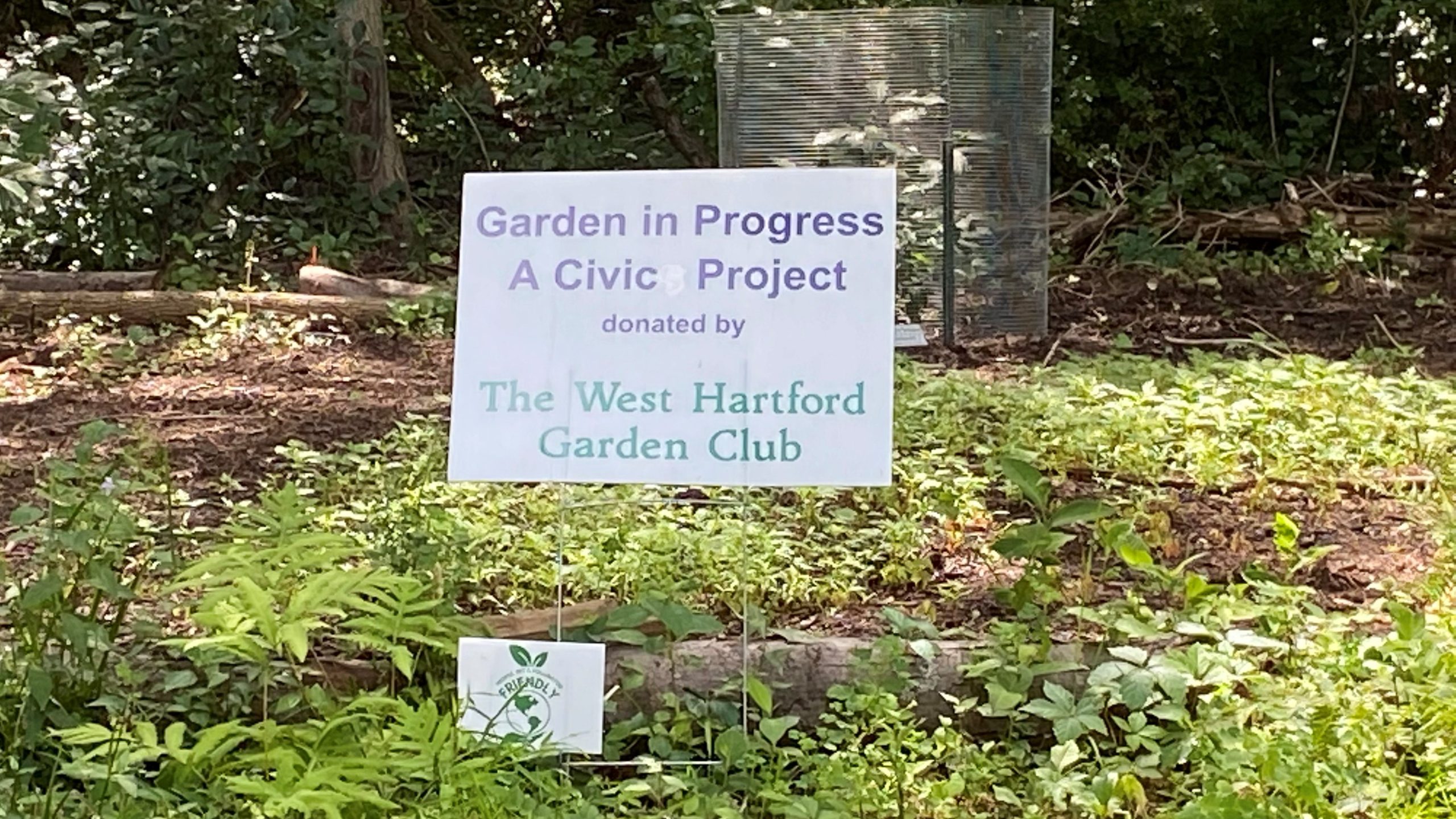
Our first portion planted October 2020:
In Spice Bush Swamp Park, West Hartford, to boost the ecosystem, we landscaped a protected area around the entrance sign (soon to be updated) and rocks. Our keystone plant is a Quercus Rubra (Northern Red Oak) because planting an oak tree is one of the most valuable additions to the ecosystem you can make. Oaks support a variety of vertebrate and invertebrate wildlife. Oaks play a huge part in the food chain, they support the largest variety of caterpillar of any native tree, caterpillars are ideal food for baby birds and so on up the food chain.
We augmented the oak garden with Chasmanthium latifolium (Northern Sea Oat) which has 3 season of interest and the following early, mid, and late blooming native to support pollinators throughout the year:
Early– Lindera benzoin (Spicebush), blooms yellow in early spring, leaves turn yellow in the fall; Packera Aurea (Golden Ragwort), yellow flowers bloom early spring; Fragaria vesca (Wild Strawberry), white flowers spring and sometimes second bloom in the fall, edible fruit; Baptisia (False Indigo), blue blooms early spring.
Mid – Amsonia (Blue Star), star shaped blue blossoms late spring and early summer; Echinacea purpurea (Coneflower), pinkish purple flowers from summer to early fall.
Late – Eutrochium/Eupatorium spp. (Joe-Pye Weed) blooms summer into fall; Solidago (Goldenrod), yellow blooms late summer into fall.
Thanks to our members Julie Przybycien, Madeleine Hexter, and Margaret Glynn for donating these early, mid and late bloomers. The Northern Red Oak and several other plants were purchased from the Native Plant Trust utilizing the West Hartford Garden Club’s Restricted Funds.


